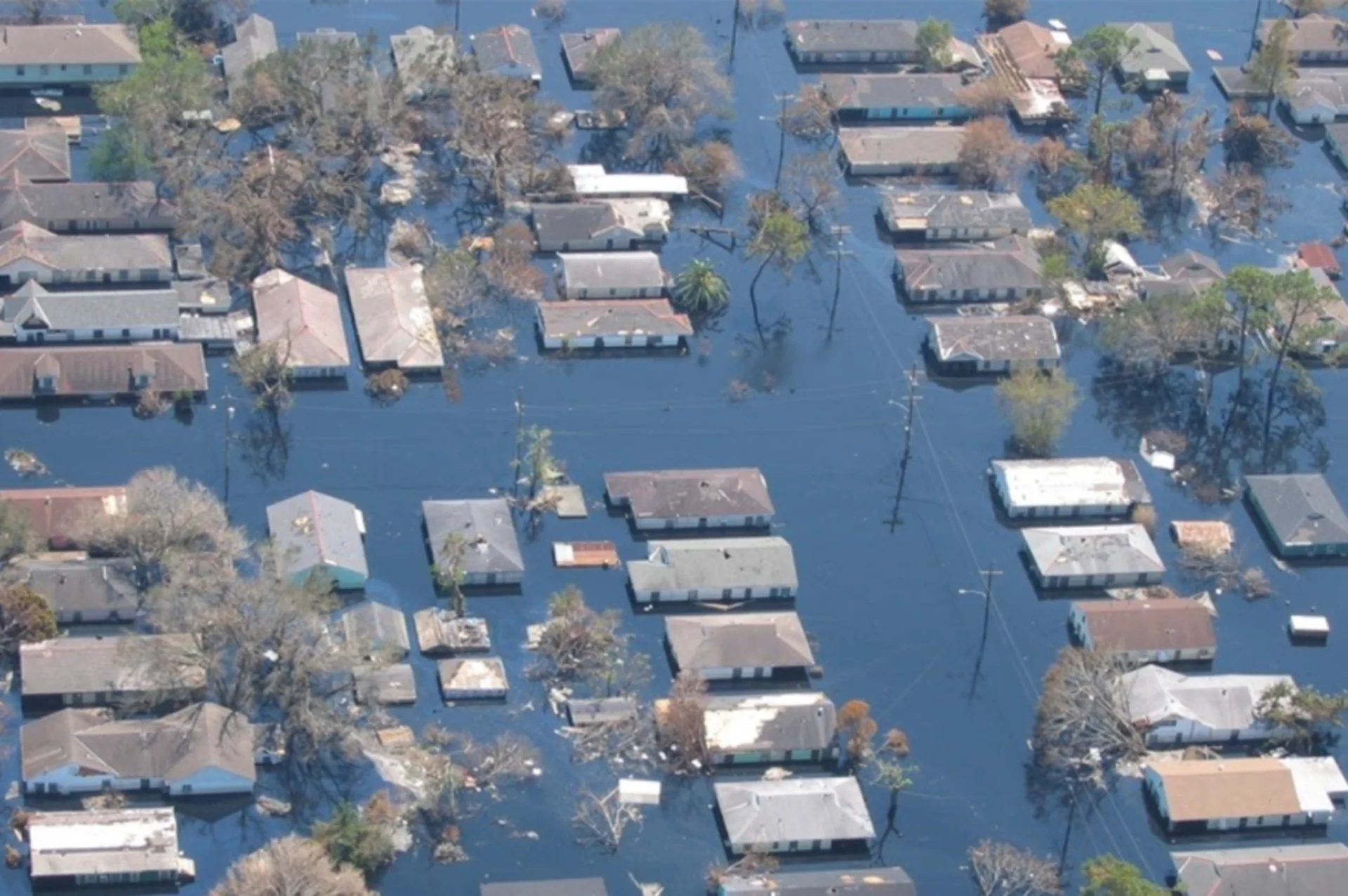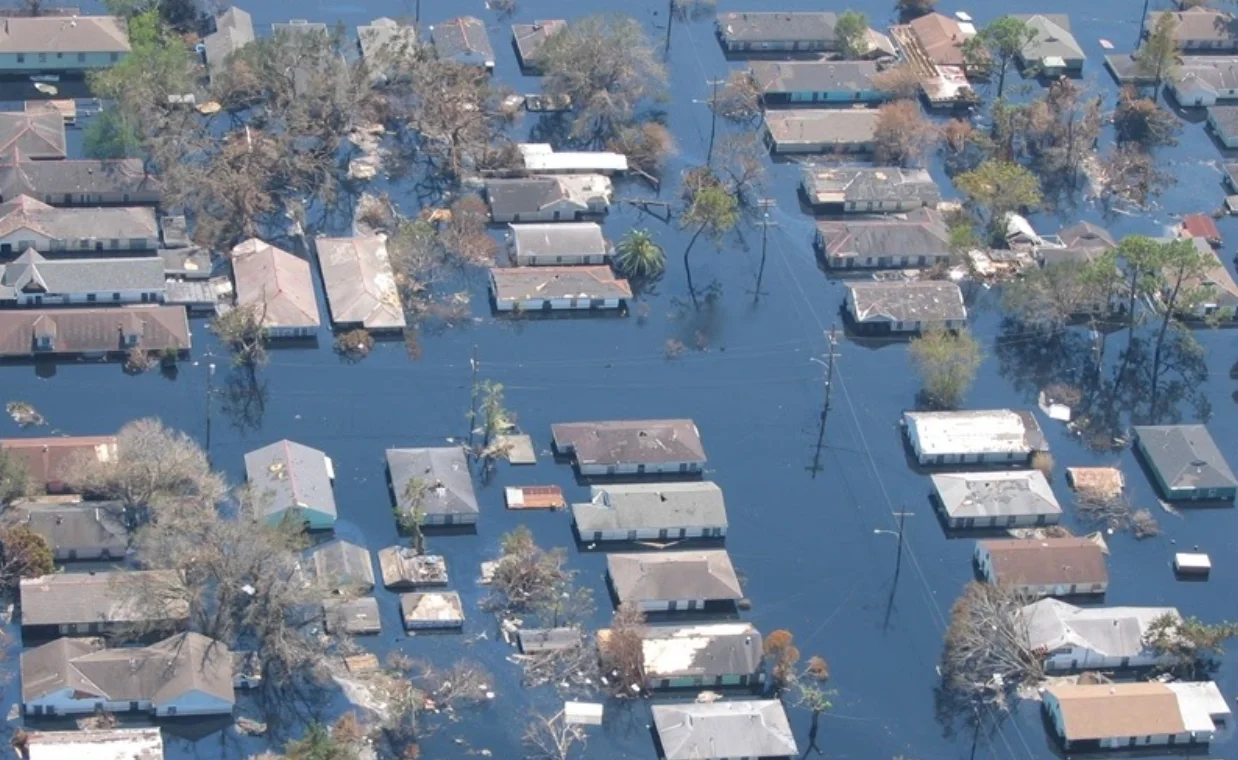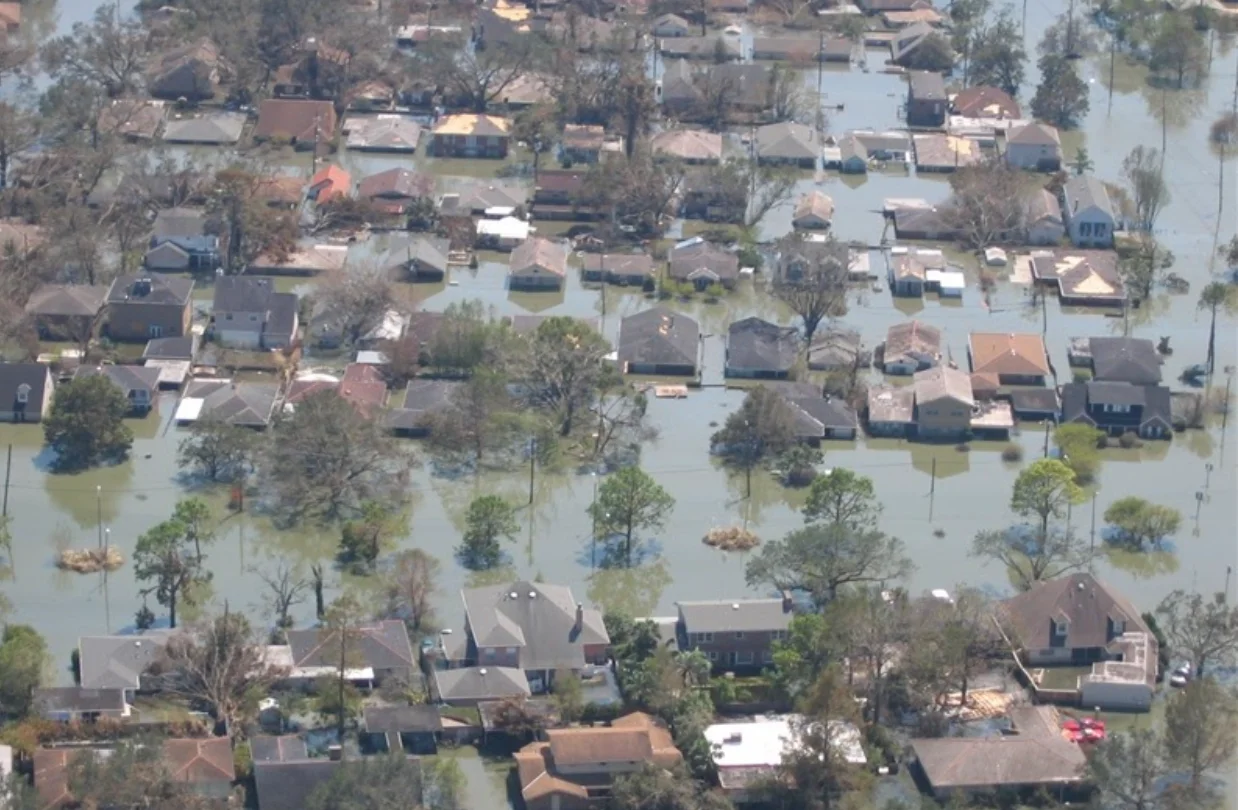
The meteorological history that formed the devastating Hurricane Katrina
On this day in weather history (Aug. 23, 2005), Hurricane Katrina formed in the Atlantic.
This Day In Weather History is a daily podcast by Chris Mei from The Weather Network, featuring stories about people, communities and events and how weather impacted them.
--
It's now been 19 years since Hurricane Katrina wreaked horrible devastation on New Orleans, La. The following is a listing of important events in Katrina's development, in chronological order.
On Tuesday, Aug. 23, 2005, Hurricane Katrina formed in the Atlantic. It was a massive Category 5 storm that caused more than 1,800 deaths. The storm started as a tropical depression over the Bahamas.
On Aug. 8, a tropical wave travelled from the coast of Africa westward across the Atlantic Ocean. On Aug. 11, it started to organize and develop into a storm. On Aug. 13, the system was officially named Tropical Depression Ten.

"Views of inundated areas in New Orleans following the breaking of the levees surrounding the city as the result of Hurricane Katrina." Courtesy of NOAA
While over the Bahamas, an upper-level trough weakened the storm and so the tropical depression advisories were discontinued on Aug. 14.
On Aug. 21, the system's low-level circulation centre continued to lose strength and dissipated. But the depression's centre lagged just north of the Leeward Islands and merged with a tropical wave from the African coast.
This convergence created a disturbance near Puerto Rico. On Aug. 22, the system continued to organize close to Turks and Caicos.

"Views of inundated areas in New Orleans following the breaking of the levees surrounding the city as the result of Hurricane Katrina." Courtesy of NOAA
On Aug. 23, the United States National Hurricane Center (NHC) spotted the tropical depression and announced advisories late that night.
On Aug. 24, the NHC named the storm Katrina. As the day progressed, Katrina strengthened due to a high pressure over system from the Gulf of Mexico. The storm then redirected toward Florida.
On Aug. 25, Katrina made landfall between Hallandale Beach and Aventura, Florida. It then made a second landfall on Aug. 29, near Buras-Triumph, Louisiana, and a final landfall near the Louisiana–Mississippi border.
Katrina dissipated on Aug. 31, 2005, after causing $125 billion worth of damages.
To learn more about the formation of Hurricane Katrina, listen to today's episode of "This Day In Weather History."
Subscribe to 'This Day in Weather History': Apple Podcasts | Amazon Alexa | Google Assistant | Spotify | Google Podcasts | iHeartRadio | Overcast'










